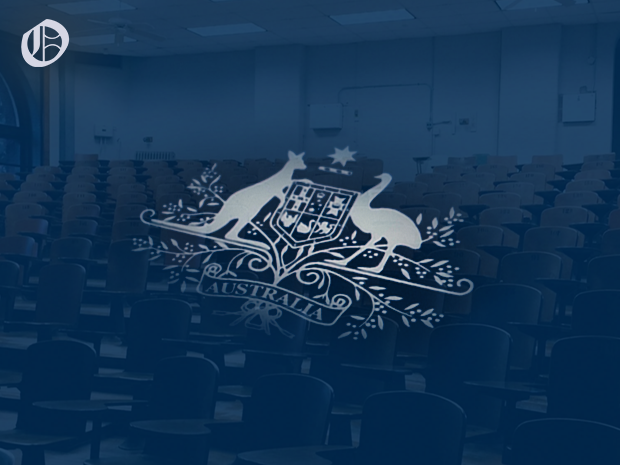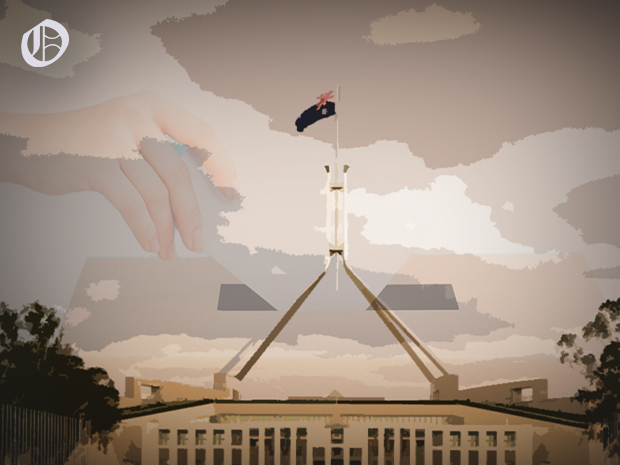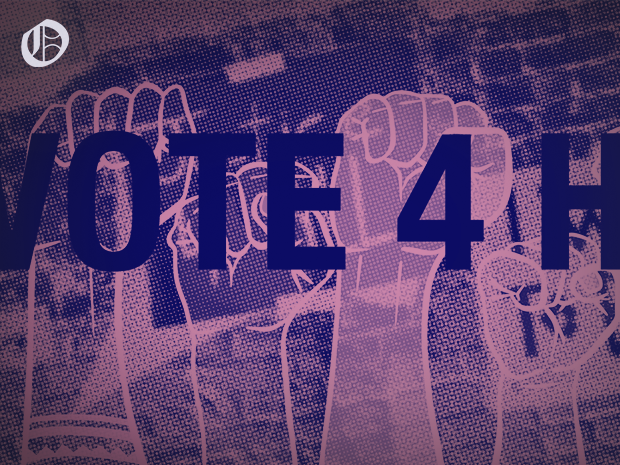What the Federal Budget Means For Students

By Sarah McCrea
On Wednesday March 25, the federal government released its annual budget. It is the Albanese government’s last budget for this electoral term, with the federal election to be called later this year. Observer has summarised the policies from the budget that may impact ANU and ANU students.
For students and former students, the main takeaway from this budget is the government’s commitment to student debt relief.
The commitment promises to cut 20 per cent of all student loan debts, amounting to $16 billion in debt relief. When combined with the government’s previous policy, this numbers over $19 billion in student debt relief and will affect over 3 million Australians.
If the new policy does not pass through legislation before 1 June this year, indexation will be applied to existing HELP-debt.
The government also intends to raise the minimum repayment threshold of student debt by over $12,000 and decrease compulsory repayments for individuals earning under $180,000.
Another area of focus was on availability to tertiary education. The government said it will increase the amount of Commonwealth Supported Places (CSPs) at public universities. This is supplemented by a promise to increase places for the Commonwealth supported “FEE-FREE Uni Ready Courses.”
To improve access to tertiary education, the government promised to “support students from under-represented backgrounds to enrol in universities.” Part of this includes the establishment of further University Study Hubs in regional and suburban areas. These provide students access to study support, learning infrastructure, and the acquisition of academic skills without having to relocate from their community.
This budget’s final point of focus for students is the establishment of the Australian Tertiary Education Commission (ATEC). Announced last year, the creation of ATEC was adopted by the government on behalf of recommendations by ‘Universities Accord’. ATEC is slated to “provide advice on higher education pricing matters, tertiary sector harmonisation and sector performance.”
These commitments are expected to add to higher education expenses, with the increase in Commonwealth supported places identified as a key driver.
Prominent entities in the tertiary education sector made pre-budget submissions, intending to convince the government to adopt their recommendations. The Group of Eight (Go8) submitted a pre-submission for the Budget with four recommendations. None of these recommendations have been adopted by the government.
In its pre-budget submission, Universities Australia outlined four recommendations. One of the four, which endorsed increasing CSPs, was seen in the budget.
In its Federal Budget Response, Universities Australia remarked:
“[T]his budget is a missed opportunity to build on the government’s good, recent investments in the Universities Accord.”
Notably, the government made no commitments on reducing or increasing international student numbers.
Whether this budget’s commitments will be implemented depends on the result of the upcoming federal election, which must be held on or before May 17.
Graphics by James Neal
Know something we don’t know? Email [email protected] or use our anonymous tip submission.
If you have an issue with this article, or a correction to make, you can contact us at [email protected], submit a formal dispute, or angry react the Facebook post.
Want to get involved? You can write articles, photograph, livestream or do web support. We’re also looking for someone to yell “extra!” outside Davey Lodge at 1AM. Apply today!









